18 pages • 36 minutes read
Langston HughesDreams
Fiction | Poem | Adult | Published in 1923A modern alternative to SparkNotes and CliffsNotes, SuperSummary offers high-quality Study Guides with detailed chapter summaries and analysis of major themes, characters, and more.
Background
Sociohistorical Context: Dreams and the Black Experience in the Early 20th-Century United States
Though “Dreams” doesn’t explicitly mention race, Hughes’s link to the Harlem Renaissance and his avowed commitment to expressing Black experiences connect his body of work, including this poem, to race. Through the historical lens of the Harlem Renaissance, the reader sees how the hopes and dreams of Black people face particular peril. Hughes published “Dreams” in 1923 when the Black Codes and Jim Crow legislation dominated the South. The purpose of such unjust laws was to maintain the racist power dynamic that reigned before the Civil War and the prohibition of slavery through the 13th Amendment to the US Constitution. The prejudiced policies exposed Black people to violent harassment and lynchings.
Yet Black people countered the adversity and did not let bigoted norms deprive them of their hopes and dreams. Displaying mobility, millions of Black people left the South hoping to experience less racism in Northern cities; this movement, between 1914 and 1919 became known as the Great Migration. However, as professors Brian Purnell and Jeanne Theohairs note in “How New York City Became the Capital of the Jim Crow North,” Northern cities also contained racism that threatened the aspirations of Black people.
Related Titles
By Langston Hughes
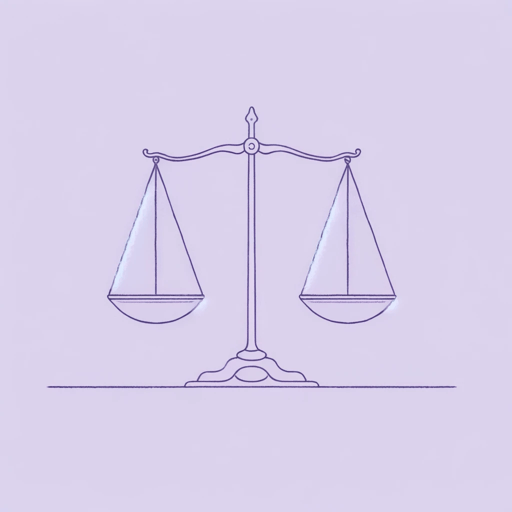
Children’s Rhymes
Langston Hughes

Cora Unashamed
Langston Hughes

Harlem
Langston Hughes
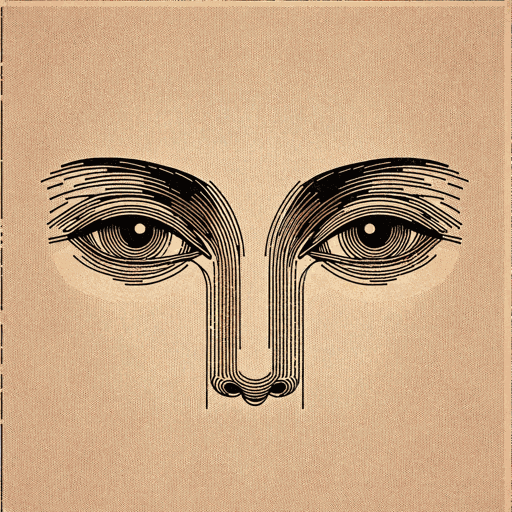
I look at the world
Langston Hughes
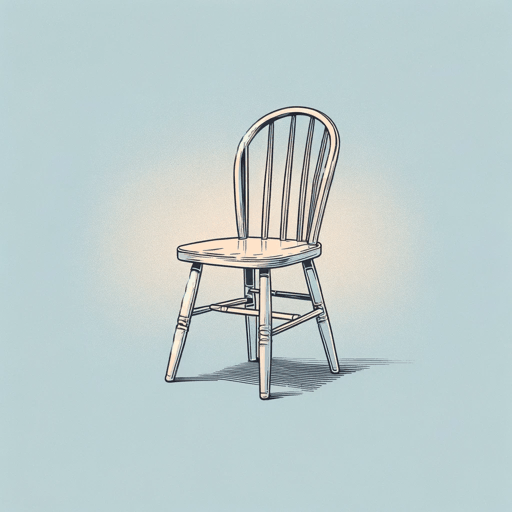
I, Too
Langston Hughes

Let America Be America Again
Langston Hughes

Me and the Mule
Langston Hughes

Mother to Son
Langston Hughes

Mulatto
Langston Hughes

Mule Bone: A Comedy of Negro Life
Langston Hughes, Zora Neale Hurston
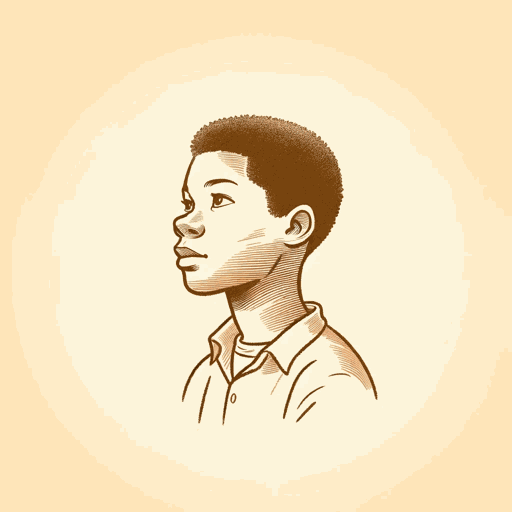
Not Without Laughter
Langston Hughes

Slave on the Block
Langston Hughes
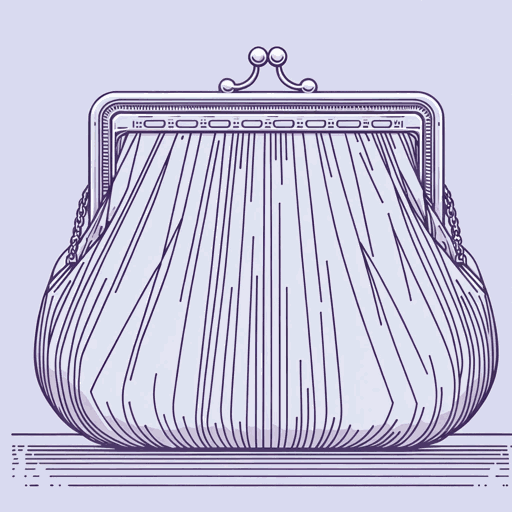
Thank You, M'am
Langston Hughes

The Big Sea
Langston Hughes
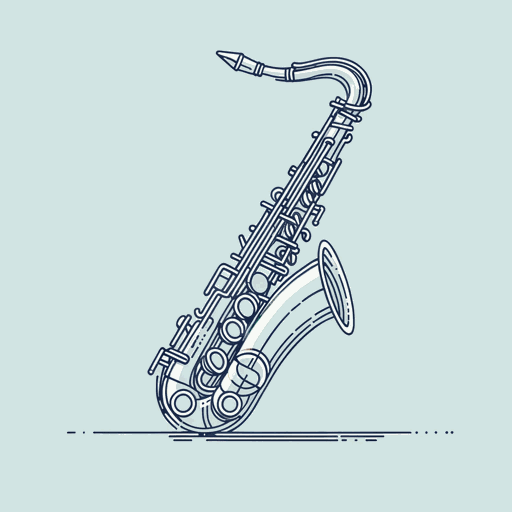
Theme for English B
Langston Hughes

The Negro Artist and the Racial Mountain
Langston Hughes

The Negro Speaks of Rivers
Langston Hughes
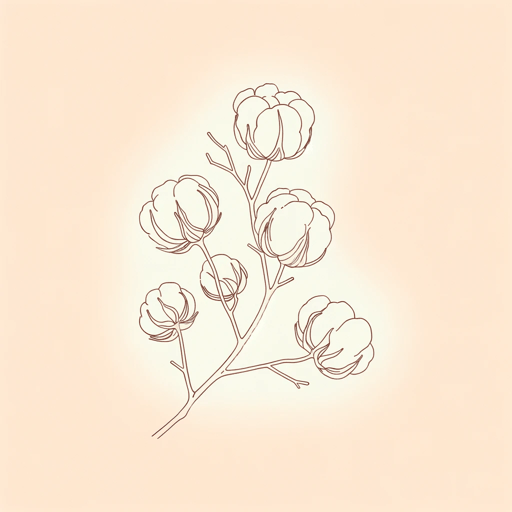
The Ways of White Folks
Langston Hughes
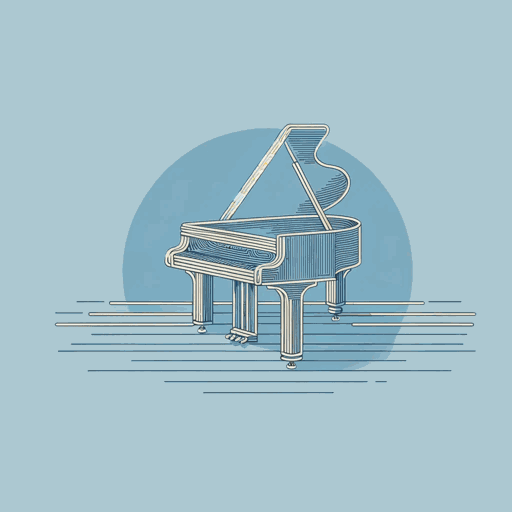
The Weary Blues
Langston Hughes

Tired
Langston Hughes

